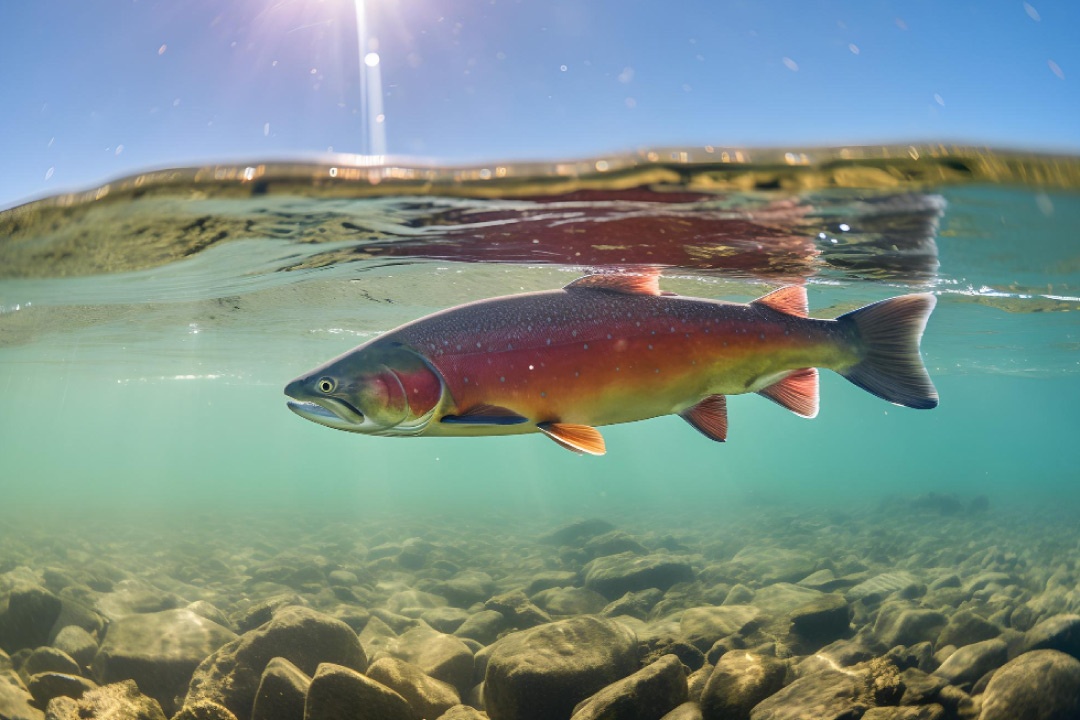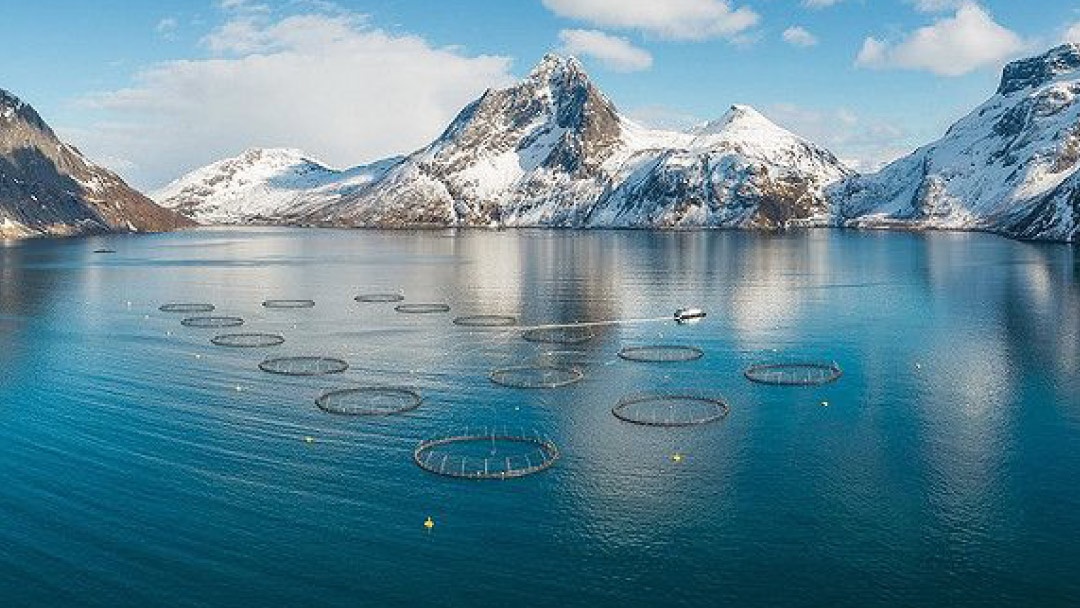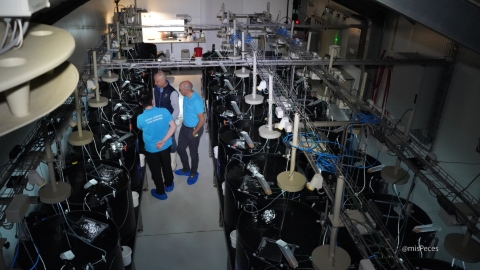
Every year, during September and October, millions of salmon fight their way upstream, returning to their birthplaces to spawn. But how do they know when the time is right? According to recent findings from scientists at the University of Helsinki and Nor University, the answer may lie in a gene known as vestigial-like 3 (vgll3). This gene is believed to regulate the timing of maturation in Atlantic salmon through a sophisticated network of genetic interactions.
The vgll3 gene functions as a transcriptional cofactor, coordinating the expression of genes linked to sex hormone production, energy reserve utilisation, and cell development in the salmon’s testes. This ability to fine-tune the timing of sexual maturation is a critical survival strategy, enabling the fish to optimise their reproductive success in ever-changing environments.
Ecological and Practical Implications
The results of this study carry significant ecological implications by shedding light to how a single gene can influence alternative life-history strategies and help species adapt to their ecosystems. This knowledge could prove crucial in conserving Atlantic salmon, a species whose population have plummeted due to overfishing, pollution, and climate change.
In aquaculture, these discoveries pave the way for more sustainable practices. By identifying and selecting fish with specific vgll3 variants, producers can breed salmon that mature later, resulting in larger, higher-quality fish and enabling better control to reproductive cycles in hatcheries. This approach not only enhances production efficiency but also minimizes environmental impact by optimizing resource use.
In addition to its role in sexual maturation, the vgll3 gene exhibits pleiotropy, meaning it influences multiple biological traits. It is involved in cellular energy regulation, fat storage, and behavior, all of which directly impact the health and quality of the fish.
Researchers also suggest that vgll3 could serve as a model for understanding how individual genetic mutations lead to complex trait in other species, including humans. In salmon, this knowledge not only unravels their captivating biology but also unlocks new opportunities for their management and conservation.
Practical Applications in Aquaculture

This breakthrough brings the aquaculture industry closer to adopting advanced genetic tools such as gene editing and marker-assisted selection to sustainably improve salmon production.
Assisted genetic selection can be used to delay sexual maturation, allowing salmon more time to grow and reach large sizes, thus enhancing biomass yields-a critical factor in the profitability of fish farming.
Genetic tools can help align reproductive cycles within fish stocks, simplifying the logistics of farming and enabling the production of more uniform batches.
By selecting genotypes that favour muscle growth over fat storage, producers can deliver high-quality fish to meet consumer demands while avoiding the adverse effects of premature maturation on texture and flavour.
Understanding how vgll3 interacts with metabolism allows the development of tailored feeds that optimize fish growth. These feeds can be precisely balanced with proteins and lipids to meet the needs of slower-growing salmon, ensuring efficient and sustainable production.
Towards a More Sustainable Future
Incorporating this genetic knowledge into aquaculture promises to revolutionise the production of Atlantic salmon, making it more efficient, sustainable, and better suited to address future environmental challenges. This scientific advance not only offers producers a competitive edge but also safeguards a species vital to marine ecosystems and the global economy.
The genetic revolution in aquaculture is a testament to the power of combining biology and technology, creating a delicate balance between productivity and environmental stewardship.


